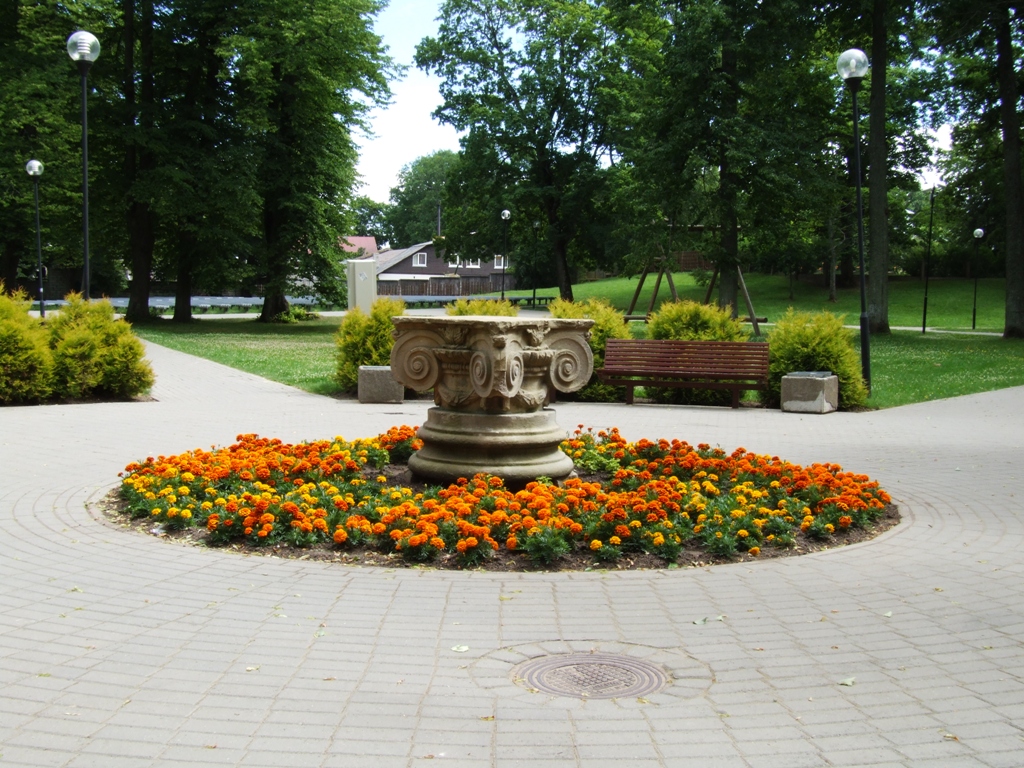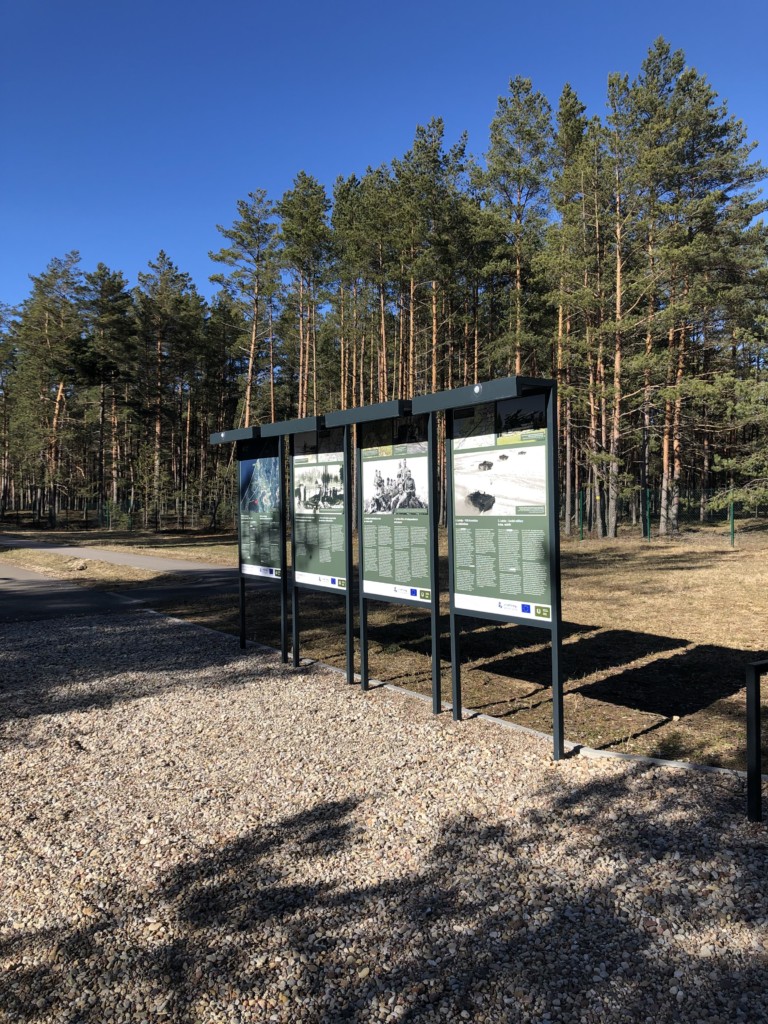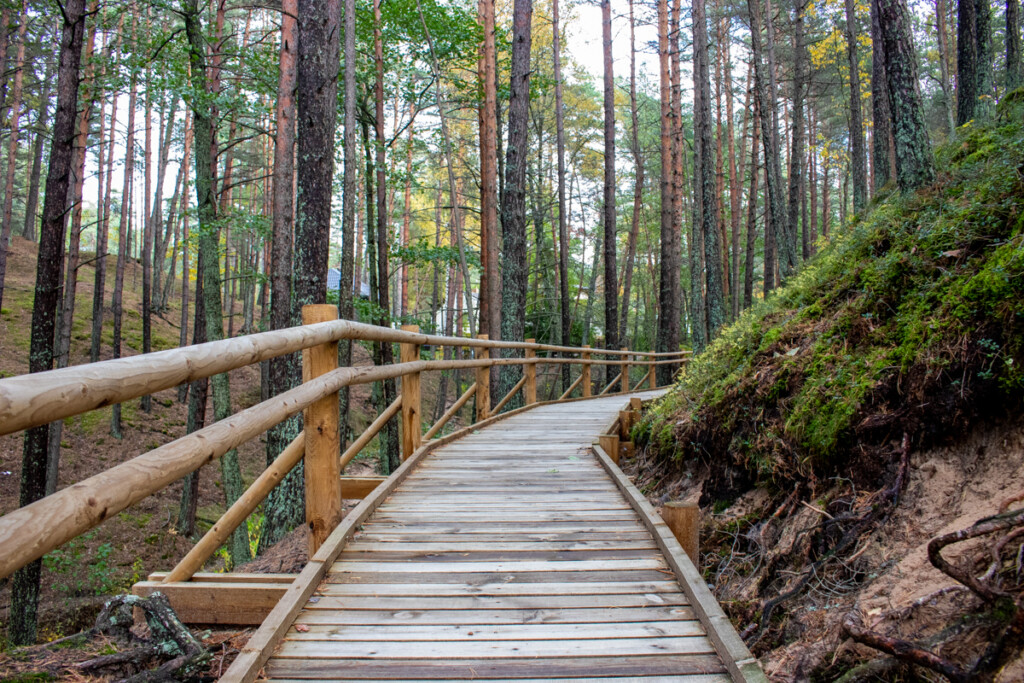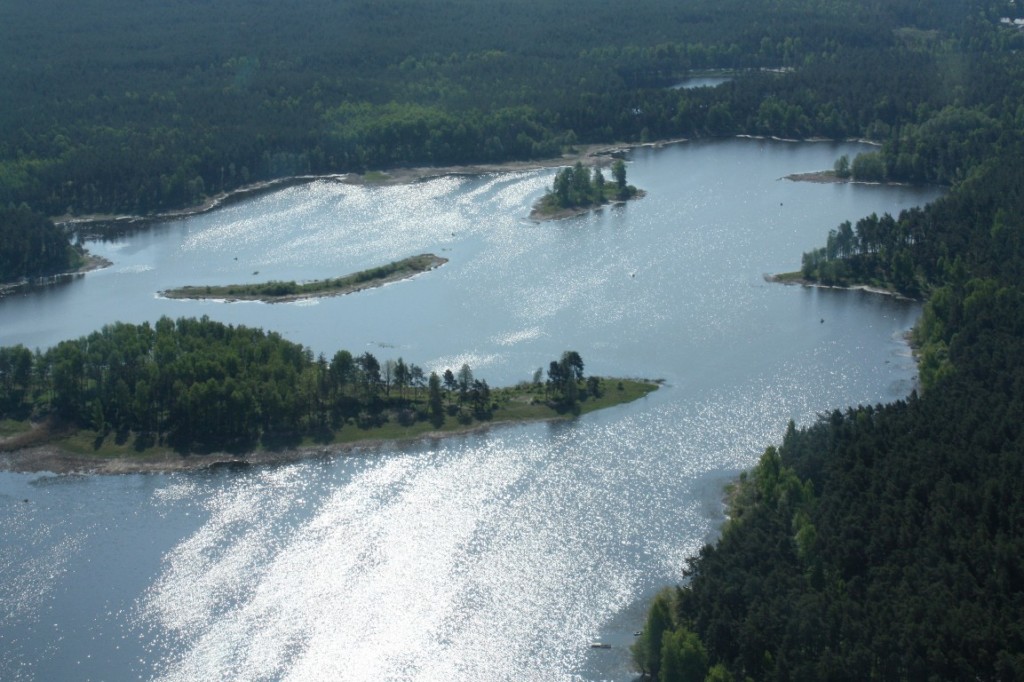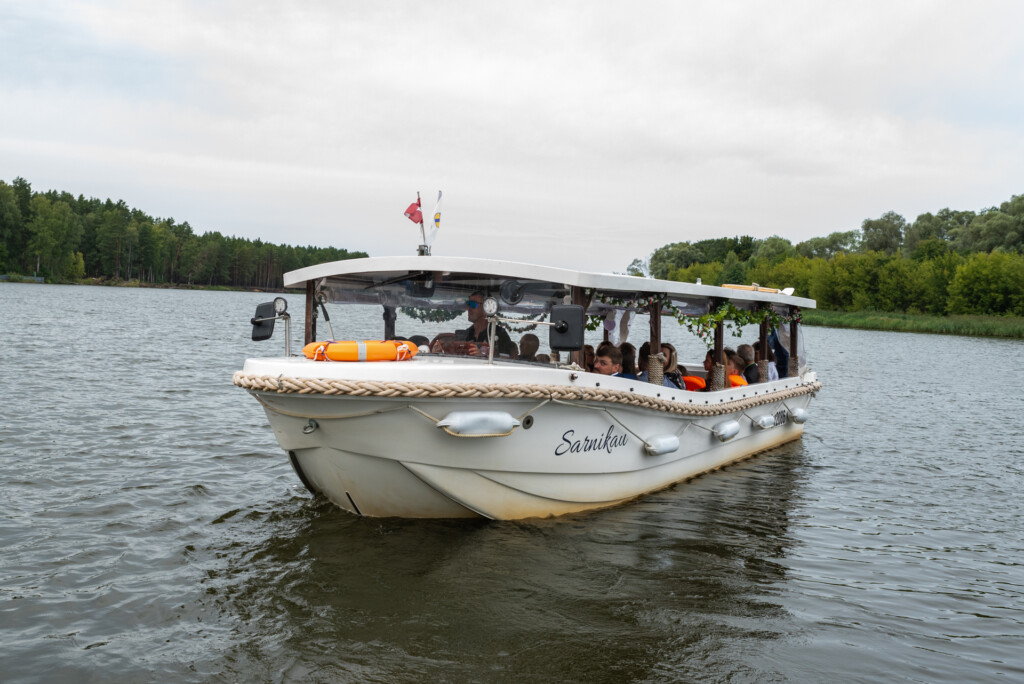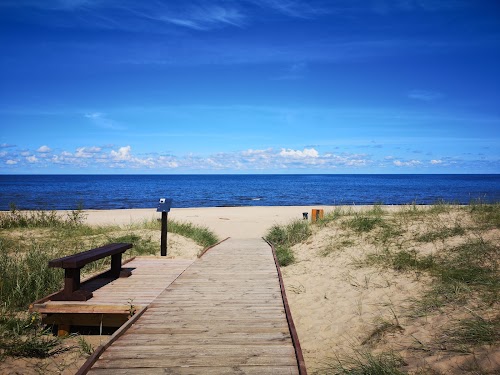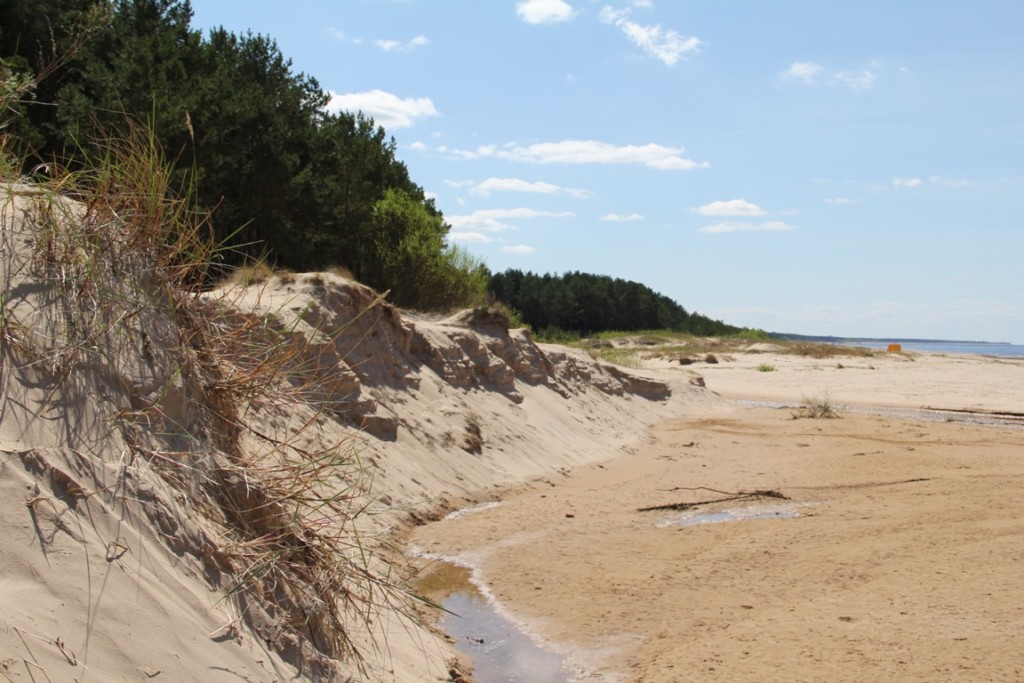Sights
Parabolic dunes
Garciems
Beautiful nature in Carnikava parish have been highlight years ago. In 1962 was created natural park “Piejūra” with special areas of conservation for landforms and coastal habitats, coastal dunes and old boreal forests, as well as embryonic dunes and rare plant and animal species. Once there was a river named Langa, which connected river Gauja and Daugava, but in the 18th century Empress Catherine II ordered to clean coastal forests, which caused parabolic dune development. The result was a shifting dunes, which managed to overwhelm gardens, forests, houses and partially filled up including river Langa. Dune changed the locations and terrain of 200 year period Garciems had gain large dune formation – Parabolic dune.

